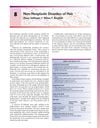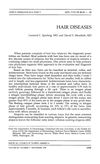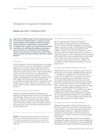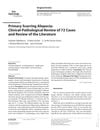An Approach to Hair Loss in Hijab-Wearing Individuals in Primary Care

TLDR Early diagnosis and treatment of hair loss in hijab-wearing women are crucial to prevent permanent damage and improve quality of life.
The study addresses hair loss in hijab-wearing women, emphasizing the importance of early diagnosis and treatment to prevent permanent scarring alopecia and improve quality of life. It highlights the barriers to timely diagnosis, such as fear of offending patients and lack of training, and suggests sensitive approaches to physical examinations to maintain patient modesty. Recommendations include avoiding tight hairstyles, using treatments like minoxidil, antibiotics, or corticosteroids, and considering hair transplantation for severe cases. The study underscores the need for primary care providers to approach these patients with sensitivity and awareness.





